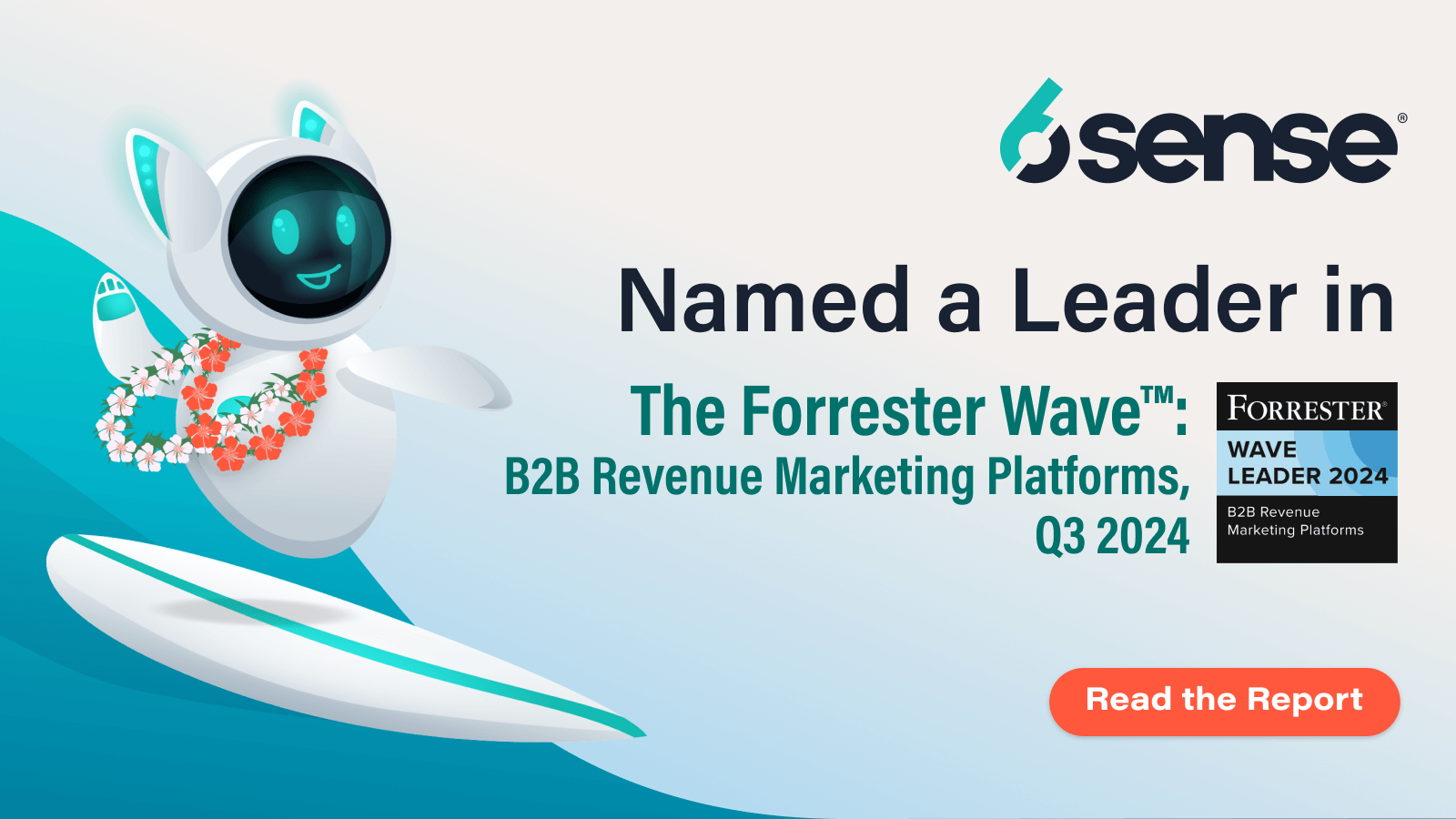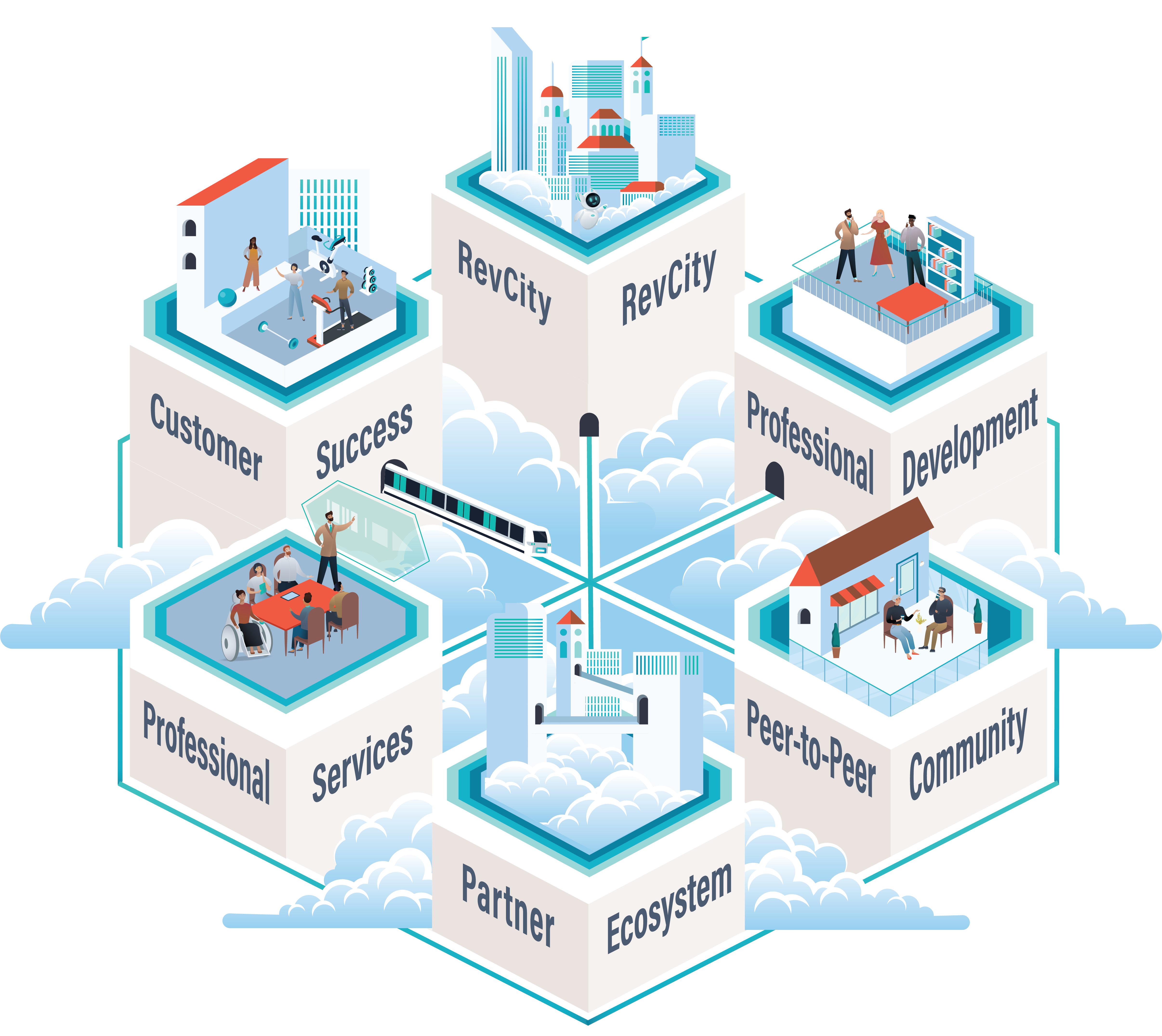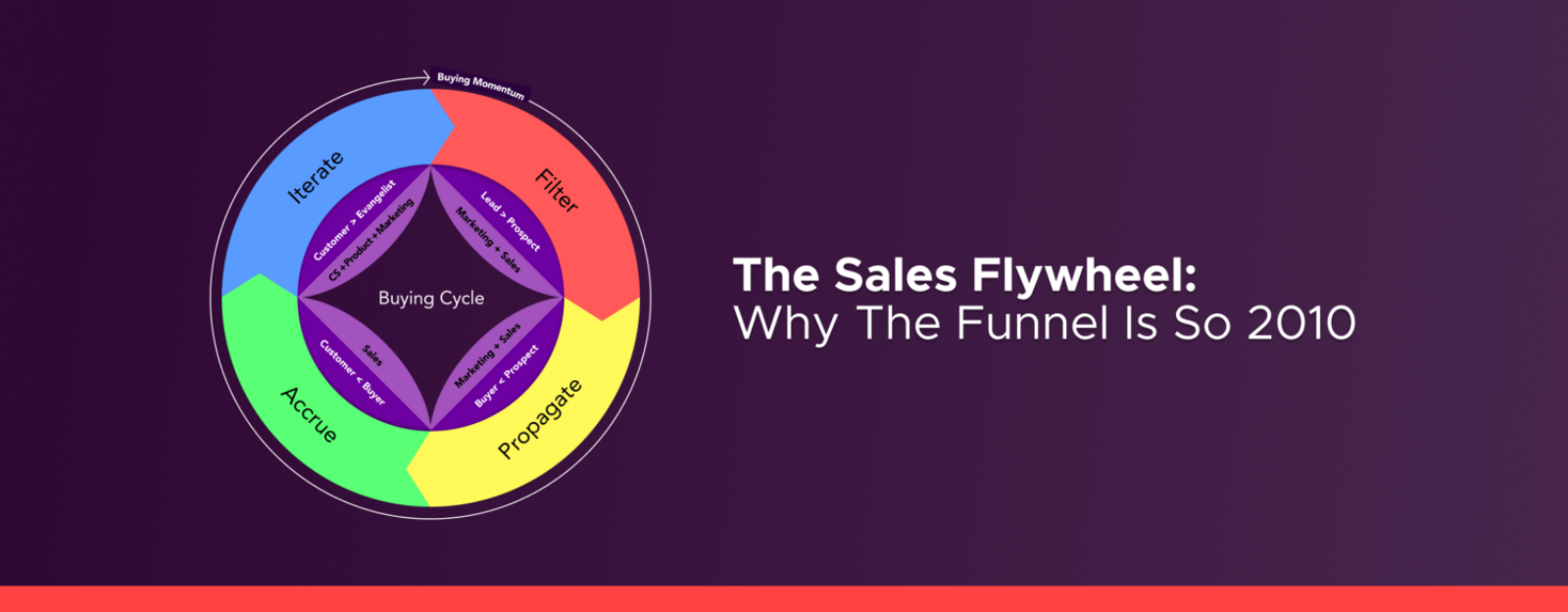There’s a clear correlation between data and growth in the modern world. But not just any data, you want relevant actionable data that can propel your business towards success.
So what makes data relevant and actionable? Two simple words — buyer intent.
What Is Buyer Intent Data?
Buyer intent data helps identify a buyer’s readiness to purchase a product at any given moment. It’s made up of multiple intent signals, some more valuable and actionable than others, essentially forming a spectrum.
The two main types of buyer intent data signals are active buyer intent and passive buyer intent.
Active buyer intent is when a user is outwardly searching for a product or service with the intention of purchasing it. This could be immediately or in the near future.
These signals can be further divided into informational, navigational, and transactional intent.
- Informational intent is when a user is trying to learn more about the product.
- Navigational intent is when they are comparing it to competitors
- Transactional intent is when they are ready to buy.
On the other hand, passive buyer intent is when a user clearly has a need for the product, but has little to no knowledge about it. These prospects need to be educated and nurtured before they can become buyers.
Passive buyer intent is harder to identify, but third party intent data tools can help. Adding passive intent leads to your pipeline can make it more consistent and help you close more deals in a shorter amount of time.
Using Buyer Intent Information
B2B buyer intent data can be used to
- Identify early buyer interest
- Create relevant content and marketing campaigns
- Leverage account-based targeting
- Improve personalization, and
- Nurture good fit accounts at every stage of the buying journey.
In the end, buyer intent data can help businesses identify and target prospects who are likely to purchase their product or service. Buyer intent data can improve go-to-market strategies and customer segmentation, helping you market and sell to the right people in the right way. When used effectively, buyer intent data can be an invaluable asset to any business.



